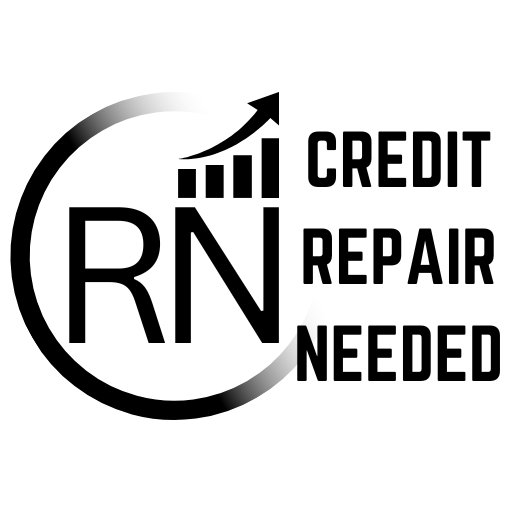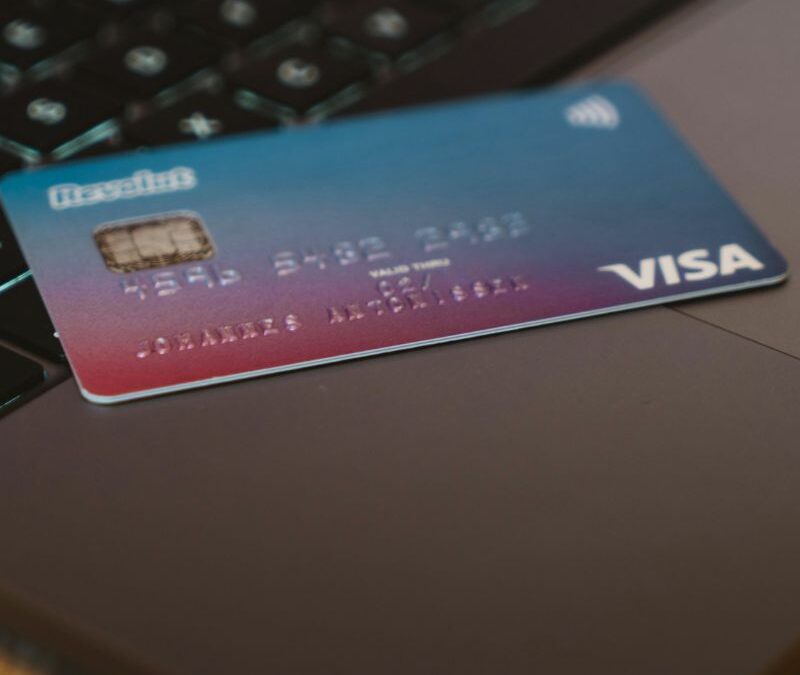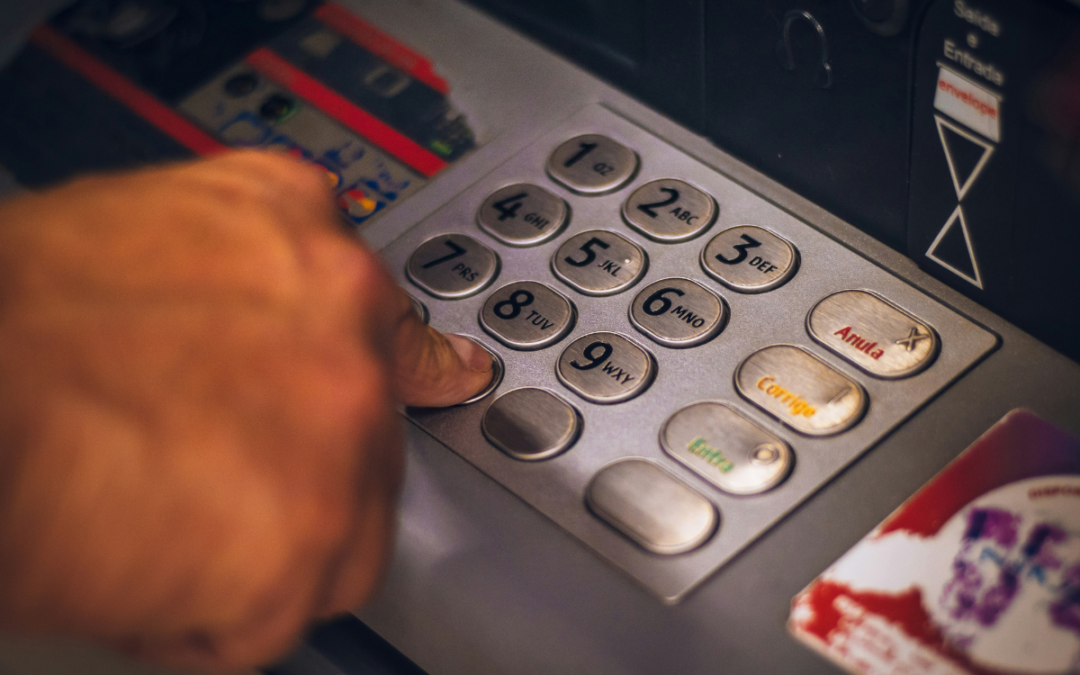Navigating Student Loans with Bad Credit
How to Secure a Student Loan Despite Credit Challenges
Discover practical strategies and resources to help you obtain a student loan, even if your credit history is less than perfect. Empower your education journey with the right financial tools.
Understanding the Challenges
Securing a student loan with bad credit can be daunting. Many traditional lenders view poor credit scores as a risk, making it difficult for students to access necessary funds for their education. This section explores the hurdles faced by students with bad credit and the impact it has on their ability to finance higher education.
Why Credit Matters
Credit scores are a key factor in loan approvals. They reflect your financial reliability, influencing lenders’ decisions. For students with bad credit, this often means higher interest rates or outright denial of loan applications, complicating the pursuit of educational goals.
Overcoming Credit Barriers
Despite these challenges, there are pathways to securing loans. By understanding the factors affecting credit and exploring alternative lending options, students can find viable solutions to fund their education, even with a less-than-ideal credit history.
Loan Options for Students with Bad Credit
- Federal Student Loans: Often do not require a credit check, making them accessible to students with poor credit.
- Private Lenders with Flexible Terms: Some private lenders offer loans specifically designed for students with bad credit, often with a co-signer.
- Credit Union Loans: Credit unions may offer more personalized lending options and are often more flexible with credit requirements.
- Income-Share Agreements: An alternative to traditional loans, where repayment is based on future income rather than credit score.
- Scholarships and Grants: Non-repayable financial aid options that do not consider credit scores, reducing the need for loans.
- State-Based Loan Programs: Some states offer loan programs with more lenient credit requirements for residents.
- Peer-to-Peer Lending: Platforms that connect borrowers with individual investors willing to fund student loans, sometimes with more lenient credit criteria.
- Family Loans: Borrowing from family members can be a viable option, often with more favorable terms and no credit check.
- Work-Study Programs: Provide part-time employment opportunities for students, allowing them to earn money to pay for education expenses.
- Emergency Student Loans: Short-term loans offered by some institutions to cover immediate financial needs, typically without a credit check.
- Loan Rehabilitation Programs: Designed to help students improve their credit scores and regain eligibility for federal loans.
- Secured Loans: Require collateral, reducing the lender’s risk and potentially offering better terms for students with bad credit.
- Community College Loans: Often have lower tuition costs and may offer more accessible loan options for students with bad credit.
- Online Lenders: Some online platforms specialize in loans for students with poor credit, providing alternative funding solutions.
- Deferred Payment Plans: Allow students to delay payments until after graduation, often without considering credit scores.
- Cosigner Release Loans: Start with a cosigner, but offer the possibility to release them after a period of on-time payments.
- Grants for Special Circumstances: Targeted grants for students facing specific challenges, not reliant on credit scores.
- Institutional Loans: Some colleges offer their own loan programs with more flexible credit requirements.
Essential Requirements for Student Loans with Bad Credit
Applying for student loans with bad credit can be challenging, but understanding the requirements can simplify the process. Generally, lenders will look for a steady income source, a co-signer with good credit, and proof of enrollment in an accredited institution. Additionally, demonstrating a history of responsible financial behavior, such as timely bill payments, can improve your chances. It’s crucial to gather all necessary documentation, including tax returns, identification, and proof of residence, to streamline your application.
Strategies to Improve Your Credit Score
Review Your Credit Report
Start by obtaining a free copy of your credit report from major credit bureaus. Carefully review it for any errors or discrepancies that could be negatively impacting your score. Dispute any inaccuracies you find to ensure your report accurately reflects your credit history.
Pay Down Existing Debt
Focus on reducing your current debt by making more than the minimum payments on your credit cards and loans. Prioritize high-interest debts to lower your overall debt-to-income ratio, which is a significant factor in your credit score.
Establish a Consistent Payment History
Set up automatic payments or reminders to ensure you pay all your bills on time. Consistent, on-time payments are one of the most effective ways to improve your credit score over time.
Applying for a Student Loan with Bad Credit
Step 1
Begin by researching lenders who offer student loans to individuals with bad credit. Compare interest rates, terms, and conditions to find the best fit for your financial situation.
Step 2
Once you’ve chosen a lender, gather all necessary documents, including proof of income, identification, and school enrollment details. Having these ready will expedite the application process.
Step 3
Submit your application online or in person, ensuring all information is accurate and complete. Follow up with the lender to check the status of your application and provide any additional information if requested.
What Options Are Available for Student Loans with Bad Credit?
Can I Get a Student Loan Without a Cosigner?
Yes, some lenders offer student loans without requiring a cosigner, though these may come with higher interest rates. It’s important to research and compare different lenders to find the best option for your situation.
How Can I Improve My Chances of Getting Approved?
Improving your credit score, providing proof of income, and demonstrating a stable financial history can enhance your chances of loan approval. Consider applying for federal loans first, as they often have more lenient credit requirements.
What Are the Interest Rates for Bad Credit Student Loans?
Interest rates for student loans with bad credit can vary significantly. Federal student loans typically have lower interest rates compared to private loans, which may charge higher rates depending on your credit profile.
Are There Any Alternatives to Traditional Student Loans?
Yes, alternatives such as scholarships, grants, work-study programs, and income-share agreements can help fund your education without relying solely on traditional loans.
How Do I Apply for a Student Loan with Bad Credit?
Start by filling out the Free Application for Federal Student Aid (FAFSA) to explore federal loan options. For private loans, research lenders that specialize in loans for students with bad credit and apply directly through their websites.
Ready to Take the Next Step?
Don’t let bad credit stand in the way of your education. Explore your loan options today and take control of your future. Our team is here to help you navigate the process and find the best solution for your needs.





